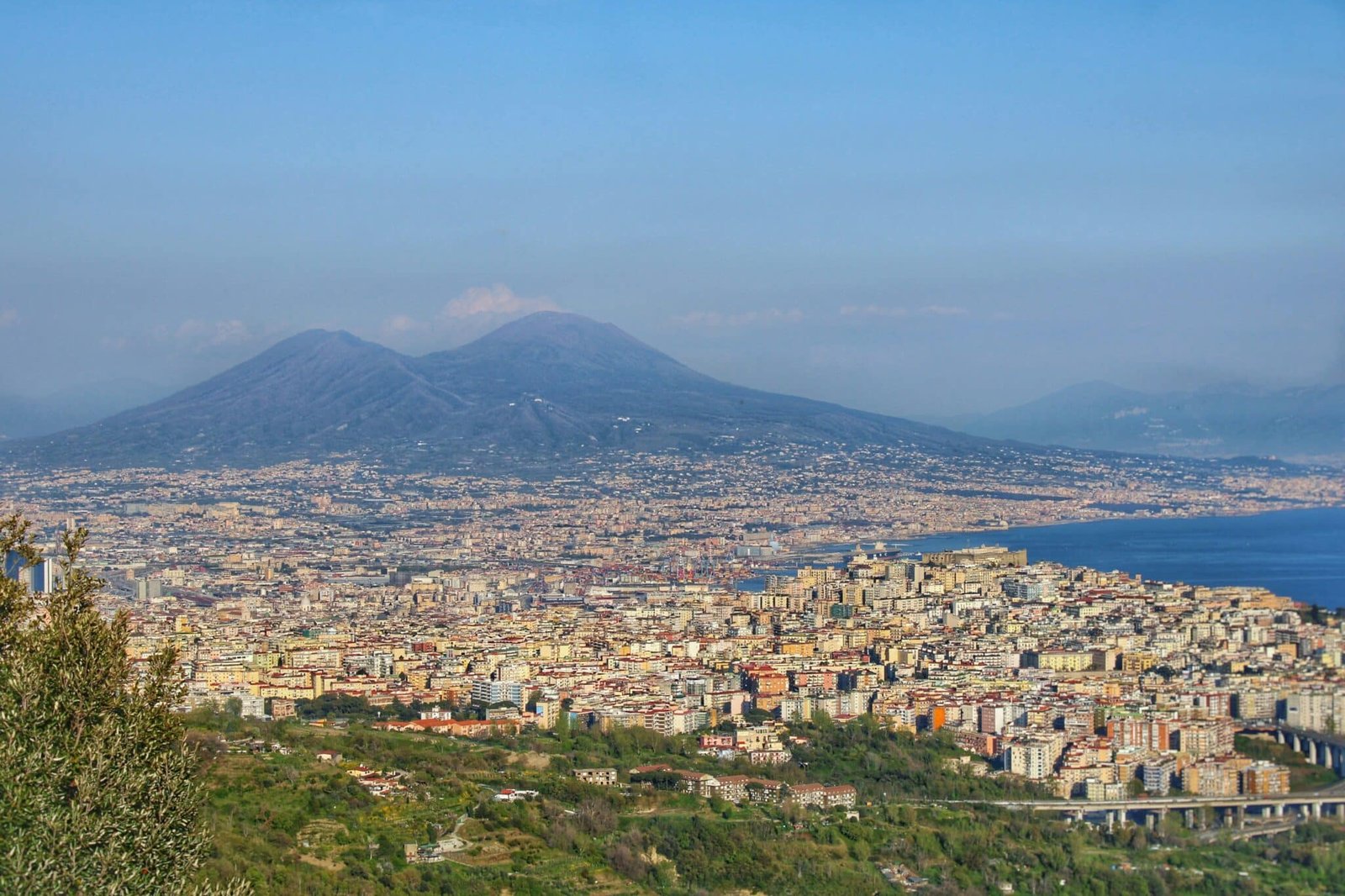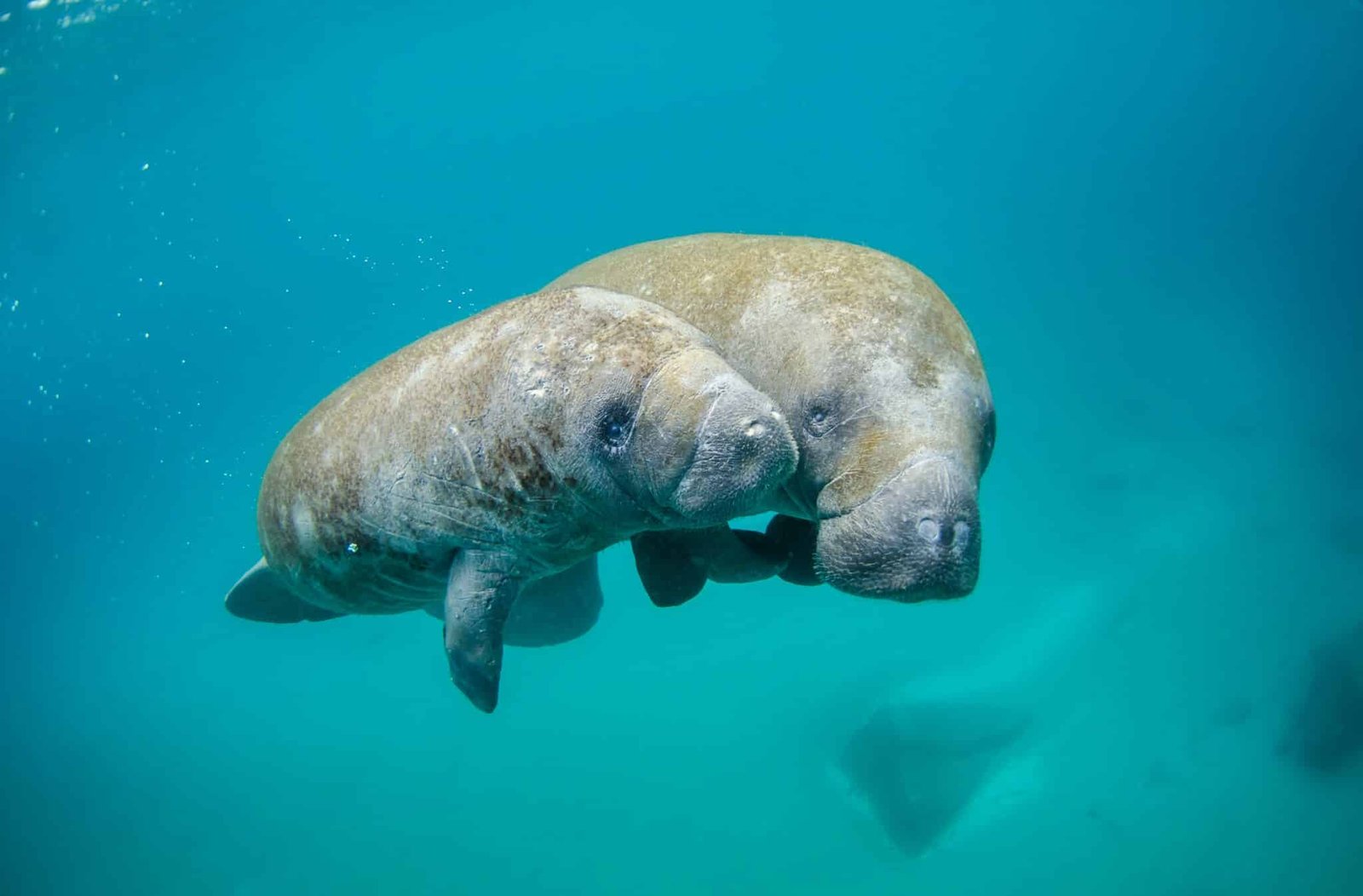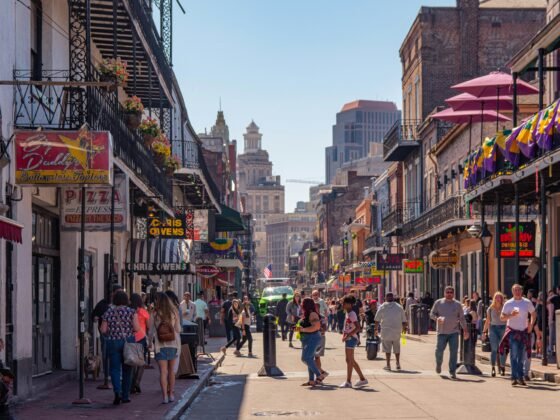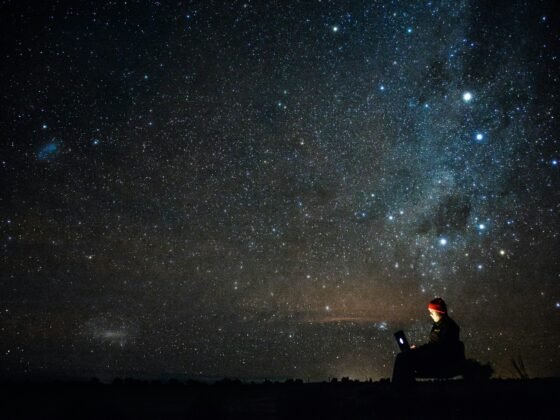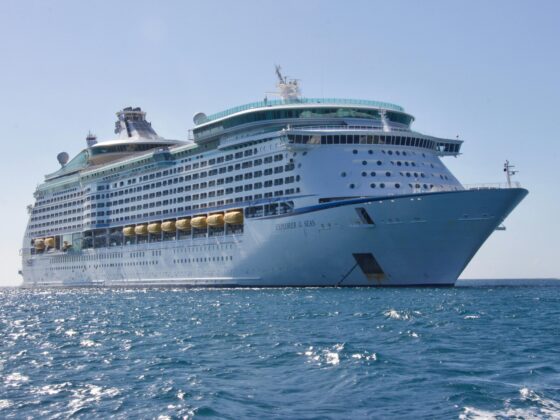Europe is not as geologically active as other parts of the world. However, there are volcanoes scattered across the continent that have shaped its landscape and history. From the most active to the dormant ones, it’s estimated that there are around 175 volcanoes. Countries with the most volcanic activity include Italy, Iceland, Greece, and Spain. Volcanoes have become a major attraction for mountain tourism and curious visitors eager to witness the magnitude of these “giants of fire.”
Through this article, we’ll introduce you to some of them. We’ll talk about the largest volcano in Europe, the most active ones, and the most devastating eruptions in history. All of them are located near fascinating cities that are well worth visiting to witness these impressive geological phenomena firsthand. Pay close attention to the following information:
Mount Vesuvius, Naples
The Gulf of Naples is home to Mount Vesuvius, one of the most famous and widely studied volcanoes by geologists around the world. It is globally known for the eruption of 79 A.D. that buried the Roman cities of Pompeii and Herculaneum. Today, it is part of the Vesuvius National Park, where you can hike various trails and climb to the summit to visit the crater and the sulfur fields. Visiting Vesuvius is a must for all adventurous tourists traveling to Naples. Additionally, historians and archaeology enthusiasts visit the cities of Pompeii and Herculaneum to see the latest excavations and discoveries from that devastating eruption. If you stay at this hotel near Pompeii ruins, you can enjoy a stunning view of the ruins and Mount Vesuvius, as well as an excellent location to explore Naples and its surroundings. An unforgettable trip!
Mount Etna, Sicily
Mount Etna, a global symbol of Sicily, is the largest active volcano in Europe. Standing nearly 3,370 meters tall, this colossal volcano has four different craters: Voragine, Northeast Crater, Bocca Nuova, and Southeast Crater. One of its most destructive eruptions occurred in 1669, causing over 20,000 deaths due to toxic gases and lava flows. Today, it remains highly active, with frequent but mostly harmless eruptions involving mild lava emissions. Its volcanic environment has earned it recognition as a UNESCO World Heritage Site, attracting thousands of visitors each year eager to explore its slopes through hiking or trekking. Without a doubt, it’s a grand adventure!
Eyjafjallajökull Volcano, Iceland
This stunning volcano, located on the island of Iceland, has become very popular in recent years. Specifically in 2010, an eruption in the Eyjafjallajökull caldera caused major disruptions to air travel across much of Europe. It had erupted before, but never with such severity. Today, the volcano and the glacier covering it are popular tourist destinations where travelers from around the world come to admire the natural beauty of its volcanic and glacial landscape, making it an iconic site in Iceland. Visiting this place is an incredible experience!
In short, it’s not just volcanology experts who are drawn to these great magma giants. Whether it’s the imposing Vesuvius in Naples, the famous Etna in Sicily, or Eyjafjallajökull in Iceland, these places offer unmatched natural beauty, unique volcanic landscapes, and rich history. If you enjoy mountain tourism, don’t hesitate to choose a destination that lets you explore and discover volcanic lands, along with fascinating surroundings like the city of Naples, the island of Sicily, or the island of Iceland. Don’t wait any longer — immerse yourself in this grand volcanic adventure and its breathtaking scenery!
Image: Unsplash, Valerio Giannattasio

